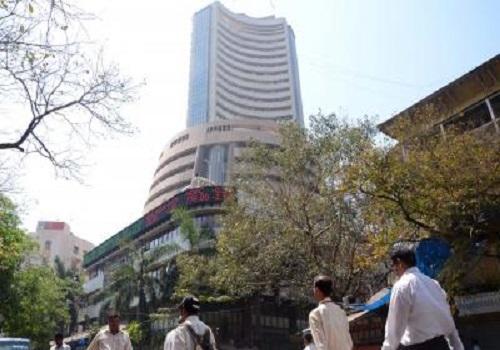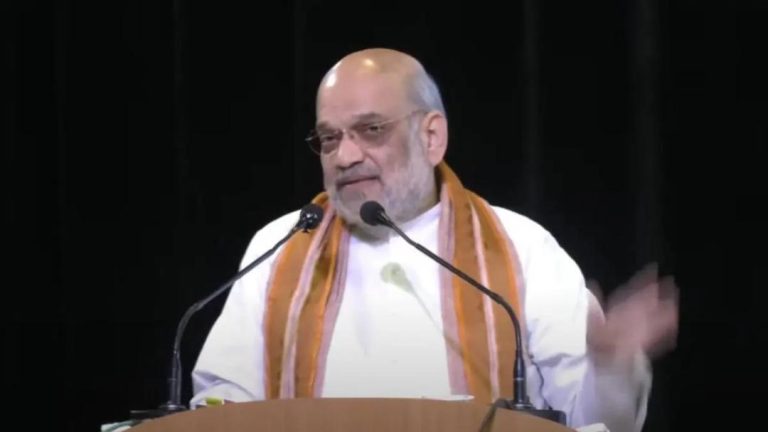
Market Recovery Driven by Positive Global & Domestic Cues: Experts
After three consecutive weeks of losses, the Indian stock market made a strong comeback, closing the week with gains of nearly 2 per cent. The sudden shift from bearish to bullish sentiments has left many investors wondering what drove this recovery. According to market watchers, among the key drivers, the global sentiment improved following reports of a delay in US tariffs and the possibility of further negotiations, which helped stabilise financial markets.
The Indian market has been facing pressure in recent weeks due to various factors, including the ongoing trade tensions between the US and China, as well as the uncertainty surrounding the federal budget and the ongoing election season. However, the sudden improvement in global sentiment has provided a much-needed boost to the market, and experts believe that the recovery is likely to be sustained in the coming weeks.
“The global cues have been very positive, and the delay in US tariffs has given a sense of relief to the market,” said Ramesh Damani, a well-known stock market expert. “The possibility of further negotiations between the US and China is also a positive sign, as it suggests that the two countries are willing to work towards a solution. This has helped to stabilise financial markets and has given a boost to the Indian market.”
Domestic cues have also played a significant role in the market recovery. The Indian government has been working towards implementing various reforms, including the roll-out of the Goods and Services Tax (GST) and the introduction of the Insolvency and Bankruptcy Code (IBC). These reforms have helped to improve the business environment in the country, making it more attractive to investors.
“The Indian government has been working towards creating a more business-friendly environment, and these efforts have started to bear fruit,” said Nirmal Jain, the Chairman of IIFL Holdings. “The implementation of the GST has helped to simplify the tax regime, and the introduction of the IBC has made it easier for companies to recover debts. These reforms have helped to improve investor confidence and have driven the market recovery.”
In addition to the global and domestic cues, the market recovery has also been driven by the actions of institutional investors. These investors have been increasing their exposure to the Indian market, driven by the attractive valuations and the improving business environment.
“Institutional investors are always looking for value, and the Indian market has been offering attractive valuations for some time now,” said Sandip Sabharwal, the Head of Research at Aditya Birla Money. “The improving business environment and the implementation of reforms have also helped to improve investor confidence, making it an attractive destination for institutional investors.”
Despite the market recovery, experts believe that investors should remain cautious and maintain a positive approach. The market is still vulnerable to global shocks, and investors should be prepared for any unexpected events.
“While the market recovery is welcome, investors should remain cautious and maintain a positive approach,” said Ramesh Damani. “The market is still vulnerable to global shocks, and investors should be prepared for any unexpected events. A well-diversified portfolio and a long-term approach are essential for achieving investment goals.”
In conclusion, the market recovery driven by positive global and domestic cues is a welcome development for investors. The delay in US tariffs and the possibility of further negotiations have helped to stabilise financial markets, while the implementation of reforms in India has improved the business environment and driven the market recovery. While investors should remain cautious and maintain a positive approach, the current market situation presents an attractive opportunity for investors to enter the market and achieve their investment goals.






